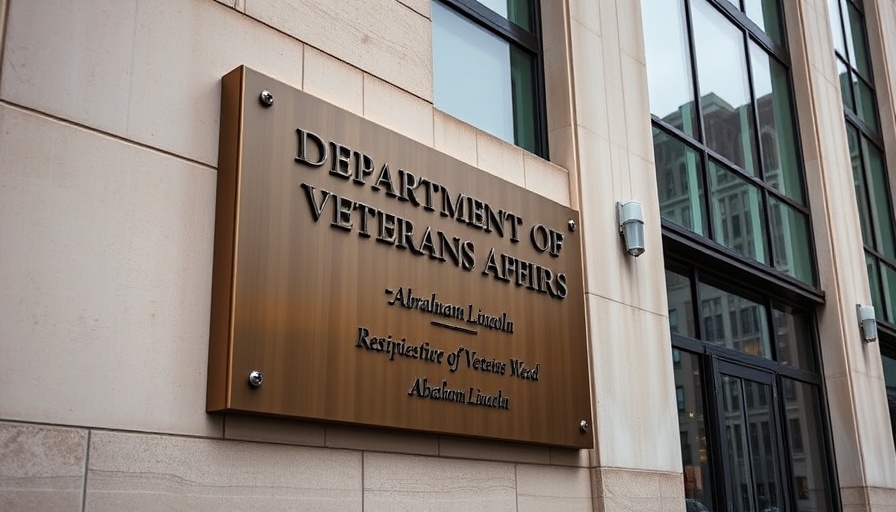
Understanding the DOGE Operation at the VA
Elon Musk's initiative, known as the Department of Government Efficiency (DOGE), aims to largely reshape the Department of Veterans Affairs (VA), including the unsettling prospect of mass employee layoffs. Notably, this push is not just about downsizing but also about implementing new technologies, including artificial intelligence (AI), to enhance government efficiency.
The Role of Newcomers in VA’s Digital Transformation
Recently, an alarm was raised when Sahil Lavingia, a self-identified advisor to the VA's chief of staff, began proposing significant changes to the VA’s coding systems. Sporting no prior government experience, Lavingia's intentions have raised eyebrows amongst established staff who are wary of how such innovation might disrupt existing processes.
Among Lavingia’s claims is his ambition to utilize an AI tool called OpenHands to aid in writing code, a venture that could fundamentally alter how the agency operates. This involvement highlights a growing trend of outside tech influence invading traditional governmental functions.
Concerns Over Experience and Expertise
The delegation of DOGE operatives at the VA largely consists of individuals with backgrounds in startups rather than in managing the complexities of an organization that serves 10 million veterans and their families. For instance, while Lavingia excels in facilitating transactions for creatives through Gumroad, his lack of experience with large-scale public service raises important questions about the adaptability of such a model in government.
The Future of AI in Government Services
Amidst the changes hinted at by DOGE, the introduction of AI technologies presents both exciting opportunities and potential pitfalls. Should new tools be adopted without sufficient oversight and training, the risk of inefficiency and error rises, potentially jeopardizing services critical to the well-being of veterans.
Decisions on Adoption and Implementation
As the VA moves forward, employees may find themselves navigating a dual focus of embracing innovation while ensuring that the quality and reliability of veteran services remain intact. This balancing act underscores the need for robust discussions and planning around the introduction of new technologies.
Given the historical context of the VA’s challenges, it becomes increasingly vital for stakeholders to remain vigilant about how innovations like AI are integrated into the agency’s operations. Transparency and communication will be essential as this transformation unfolds.
 Add Row
Add Row  Add
Add 
 Add Element
Add Element 

Write A Comment